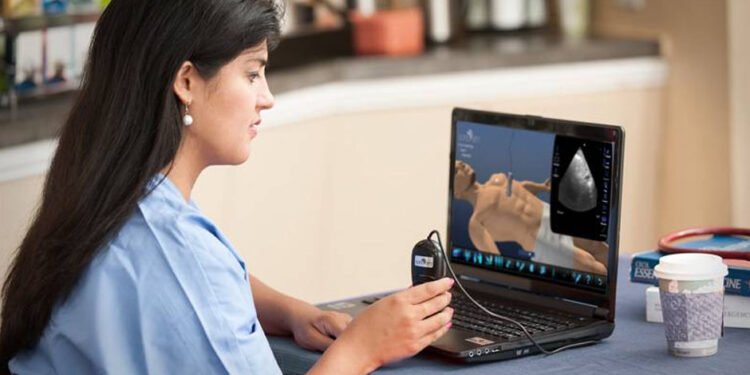The technology has greatly changed the way people operate. For instance, in the healthcare sector, they are relying on medical device software development for various tasks. One is that they are using this to maintain patient safety. They are also relying on medical device software development to boost treatment outcomes and increase diagnostic accuracy.
Well, today is your day to comprehend everything you need to about medical device software development, from the planning phase to the maintenance phase and even more. Double-check this article.
Comprehending Medical Device Software Development
Software meant for use in medical devices is created, maintained, and validated as part of the process of medical device software development. To guarantee the greatest standards of efficacy and safety, this procedure is heavily regulated.
Using Development Services for Medical Devices
When you lack internal experience or are new to the industry, partnering with professional medical device development services such as Empeek can be beneficial. Beginning with the initial concept and continuing through regulatory approval and commercial launch, these services offer total support.
Taking advantage of their knowledge helps guarantee regulatory compliance, minimize risks, and expedite the development process. You can also follow the development lifecycle, which has multiple crucial stages, as you will discover as you explore deeper into this field.
Phase One – Planning
The basis for a successful software development for medical devices project is the planning stage. This is where you will specify the goals, specifications, and scope of the project. This stage entails extensive study and stakeholder consultation to guarantee a comprehensive understanding of every facet of the project. User needs, technical specifications, and regulatory requirements all need to be carefully documented.
It is essential to create a thorough project plan at this point that includes resources, deadlines, and milestones. This plan will act as a guide as you move through the following stages of development. Planning well can help to reduce risks and keep the project moving forward.
Phase Two – Designing
The design phase starts when the planning stage is finished. Medical device software design necessitates careful consideration of functionality, user interface, and regulatory compliance. You will create comprehensive design specifications outlining how the program will satisfy the goals set forth during the planning stage.
Prototypes and wireframes are frequently created during this phase to show the functionality and layout of the product. To guarantee that the final product is understandable and simple to use, you can rely on user-centered design concepts. Working together with end users and healthcare specialists can yield insightful information that improves the design process.
Implementation Stage
Working software is created from the design during the implementation stage. Coding, integration, and testing of various software components are all part of this step. For medical device software engineering to be dependable, maintainable, and secure, best practices and coding standards must be followed.
During the process of developing the software design for medical devices, you should do some code reviews and other regular testing to spot any problems. When any problem is discovered, you will have a good chance to fix it using automated tools. Note that a thorough record of the code and any modifications performed should be provided by the documentation at this stage.
The Examination Stage
Testing is an integral part of software development for medical devices. This step ensures that the program meets all specifications and functions correctly in every circumstance. There are various forms of testing, including system, unit, integration, and user acceptance tests.
You will carry out thorough testing in this step to find any flaws or problems. The software’s compliance with legal requirements and intended functionality are guaranteed by validation and verification procedures. Extensive testing can identify possible issues that could affect the effectiveness of the device or patient safety.
Maintenance
The software maintenance phase starts after it is deployed. Services for developing medical devices frequently include updates and continuing assistance to handle any problems that may occur after distribution. During this phase, the software’s functionality is being observed, technical assistance is being given, and updates or improvements are being implemented.
It is necessary to set up a procedure for handling software upgrades and changes, making sure that any alterations are thoroughly tested and recorded. Frequent maintenance contributes to the software’s long-term dependability and efficacy.
Adherence to Medical Device Software Development Regulations
The creation of software for medical devices is based on regulatory compliance. Ensuring that your software satisfies all requirements requires you to maneuver through a complicated maze of rules and guidelines.
To be approved for marketing, software development medical devices must adhere to standards. These standards offer guidance for software lifecycle procedures and quality management systems. Your software development project’s success depends on your comprehension of and adherence to these regulations.
Conclusion
The field of medical device software development is complex and at the same time rewarding. You can simply rely on the above guide if you need to create a softer that will help you to improve the patient care in your facility. When you are ready to embrace every risk that comes with this decision, then you will be well-positioned to bring forth positive changes in the healthcare sector.












